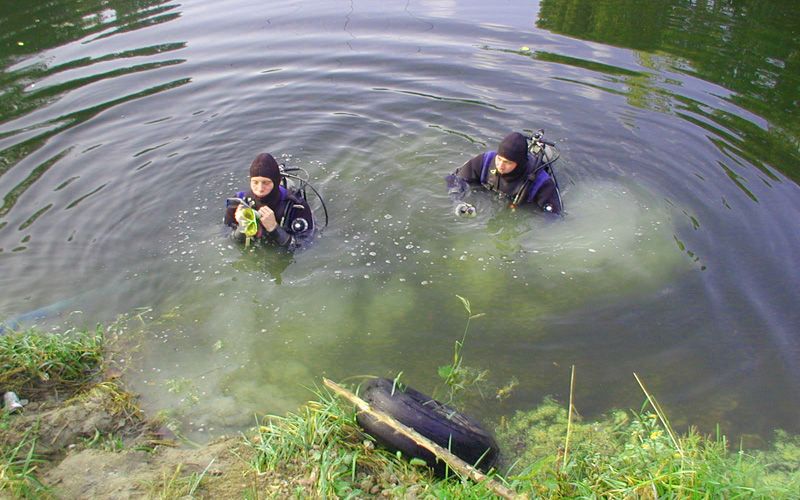We offer muck removal (or “dredging”):
Suction Dredging
This muck removal process is simple, clean and does not involve heavy machinery. No massive bulldozers or excavators rumbling through your yard. It is minimally invasive, yet effective.

Aquatic Weed Control removes muck with a powerful vacuum system. Our specialized pumps are attached to a system of hoses that are operated by certified divers. We pull muck through the pipes and pump it to an appropriate disposal site. An agricultural field, a woods, or other open area might make a good disposal site, and might even benefit from the nutrients found in muck. We can evaluate a disposal site and make any necessary permitting arrangements with local agencies.
Don’t have a disposal site near the pond?
We can pump sediment for thousands of feet if needed.
Need to cross a road to get to a disposal site?
We can do that too.
No good disposal site at all?
No problem. We can pump into a specialized bag that separates the muck from clean water. The muck can then be hauled away.


